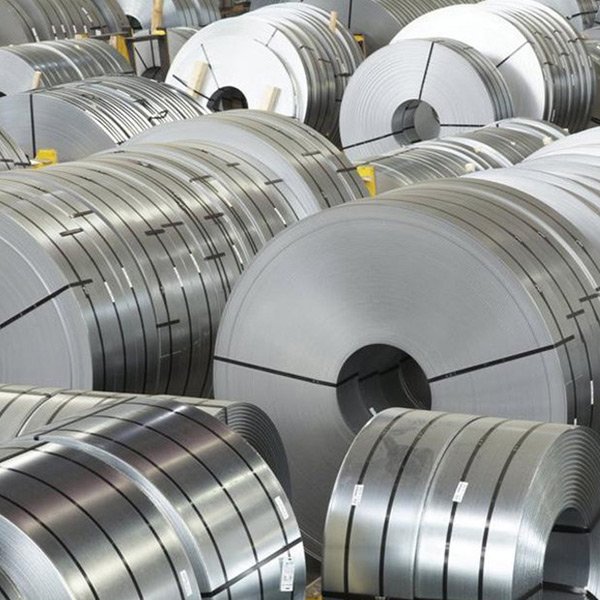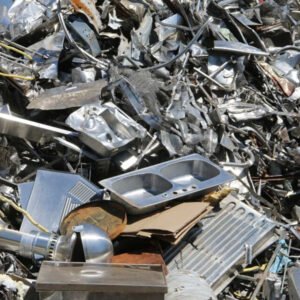Painted Galvanized SteelHot Rolled Steel Cold Rolled Steel
Painted Galvanized SteelHot Rolled Steel Cold Rolled Steel
You’ve listed three common types of steel, each with distinct manufacturing processes, properties, and applications. Let’s break them down:
1. Hot Rolled Steel
What it is: Hot rolled steel is produced by rolling steel at very high temperatures, typically above 927°C (1,700°F), which is above the steel’s recrystallization temperature. At these temperatures, the steel is more malleable and easier to form. Once rolled, it cools at room temperature.
Key Characteristics:
- Surface: Rougher surface finish, often with a bluish-gray finish and an oxide scale (mill scale) due to the high temperatures.
- Dimensional Accuracy: Less precise dimensions and tolerances compared to cold rolled steel due to shrinkage during cooling. Edges can be slightly rounded.
- Strength & Ductility: Generally good strength, but its primary advantage is its malleability and ductility, making it easy to form without breaking. It’s free from internal stresses.
- Cost: More cost-effective than cold rolled steel due to less processing.
Common Uses:
- Structural Components: I-beams, H-beams, channels, angles, plates for construction (buildings, bridges).
- Pipes and Tubes: Large diameter pipes and structural tubing.
- Automotive Frames: Chassis and frames for trucks and larger vehicles.
- Railroad Tracks and Railcar Parts.
- Agricultural Equipment.
- General Fabrication: Where precise dimensions and surface finish are not critical.
Advantages:
- Lower cost.
- Easy to form and weld.
- Good ductility and toughness.
- Can be produced in large quantities.
- Free from internal stresses from the rolling process.
Disadvantages:
- Rough surface finish, often requiring descaling or pickling before further processing or painting.
- Less precise dimensions and tolerances.
- Slight distortions and non-uniformity due to cooling.
2. Cold Rolled Steel
What it is: Cold rolled steel is essentially hot rolled steel that has undergone further processing at room temperature (below its recrystallization temperature). This involves additional rolling, pressing, or drawing.
Key Characteristics:
- Surface: Much smoother, brighter, and often “oily” surface finish without the oxide scale. It has a more aesthetically pleasing appearance.
- Dimensional Accuracy: Superior dimensional accuracy, tighter tolerances, and better straightness.
- Strength: Increased strength and hardness due to strain hardening (work hardening) during the cold rolling process.
- Ductility: Can be less ductile than hot rolled steel due to work hardening, meaning it’s harder to bend or form without cracking if not properly annealed.
- Cost: More expensive than hot rolled steel due to the additional processing steps.
Common Uses:
- Automotive Parts: Body panels, precision components, seat parts, transmission parts.
- Home Appliances: Refrigerators, washing machines, microwaves.
- Metal Furniture: Desks, chairs, filing cabinets, shelving.
- Construction: Steel sheds, garages, beams, columns, and other components requiring tight tolerances.
- Precision Instruments.
- Pipes and Tubes: Smaller diameter, more precise tubing.
- HVAC Ductwork.
Advantages:
- Excellent surface finish, often suitable for direct painting or plating.
- Superior dimensional accuracy and tighter tolerances.
- Increased strength and hardness.
- Better aesthetic appeal.
- Improved machinability.
Disadvantages:
- Higher cost.
- Can have internal stresses due to work hardening, which may lead to warping if not stress-relieved.
- Less ductile, making it harder to form complex shapes without proper annealing.
- Fewer structural shapes are readily available compared to hot rolled steel.
3. Painted Galvanized Steel
What it is: Painted galvanized steel is steel (which can be either hot-rolled or cold-rolled base material, though cold-rolled is more common for sheets that will be galvanized and painted) that has been coated with a layer of zinc through a process called galvanization, and then further coated with paint.
Manufacturing Process:
- Galvanization: The steel is typically immersed in a bath of molten zinc (hot-dip galvanization) or coated electrolytically (electrogalvanization). The zinc layer acts as a sacrificial barrier, protecting the steel from corrosion even if scratched.
- Surface Preparation: The galvanized surface is cleaned and pre-treated to ensure proper paint adhesion.
- Painting: One or more layers of paint (e.g., primers, topcoats) are applied. This can be done as a coil-coating process before fabrication or as a post-fabrication application.
Key Characteristics:
- Corrosion Resistance: Excellent corrosion resistance due to the dual protection of the zinc layer (sacrificial protection and barrier) and the paint coating. This significantly extends the lifespan in harsh environments.
- Aesthetics: Offers a wide range of colors and finishes due to the paint, allowing for customization and aesthetic integration into designs. The paint can also add an extra layer of protection.
- Durability: Highly durable, combining the strength of steel with enhanced corrosion and abrasion resistance.
- Formability: Can be formed after painting (if coil-coated) or painted after forming, depending on the application and paint type.
Common Uses:
- Construction: Roofing, siding, wall panels, gutters, downspouts, structural components for buildings (especially in coastal or humid areas like Douala, Cameroon).
- Automotive Industry: Car bodies, structural components (where aesthetics and corrosion resistance are critical).
- Appliances: Outdoor appliance casings, refrigerators, washing machines.
- HVAC Systems: Ductwork, ventilation systems.
- Outdoor Furniture and Fixtures: Fencing, gates, railings, light poles.
- Agricultural Equipment.
Advantages:
- Superior Corrosion Resistance: Significantly extends the lifespan of the steel, especially in outdoor or corrosive environments.
- Enhanced Aesthetics: Wide range of colors and finishes possible.
- Reduced Maintenance: Requires less maintenance compared to unpainted or ungalvanized steel.
- Self-Healing Properties: The zinc layer can sacrificially protect small scratched areas where the paint might be damaged.
- Cost-Effective over Long Term: While initial cost might be higher, the extended lifespan and reduced maintenance often make it more economical in the long run.
Disadvantages:
- Higher Initial Cost: More expensive than unpainted or ungalvanized steel due to the added processes.
- Surface Preparation for Painting: Requires careful surface preparation (e.g., specific primers) for optimal paint adhesion to the zinc layer.
- Potential for Paint Damage: If the paint layer is significantly scratched or chipped, the underlying zinc is exposed, though it still provides protection.
- Not Suitable for High-Temperature Environments: The zinc coating can be compromised at very high temperatures.






Reviews
There are no reviews yet.